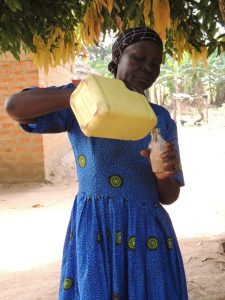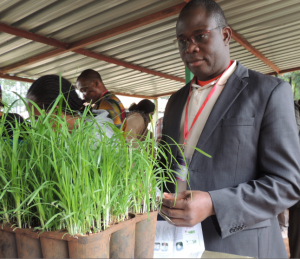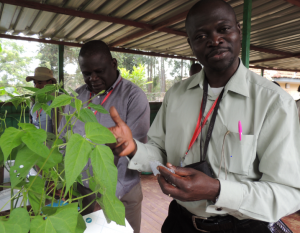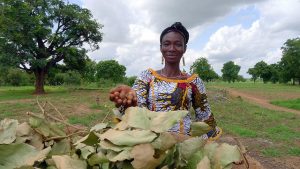
In Europe and the US, shea butter or oil is a famous skin cream. But shea is even more important as the main cooking oil for the band of 21 African countries that stretches West to East from Senegal to Ethiopia. There the oil is valued and relied upon by an estimated 80 million people.
“It’s the oil that people use for their own nutrition,” says Sam Gwali. “They store the nuts all year round and process the oil at home when it’s needed, and also share it. A neighbor can borrow from a friend, saying ‘Mine is finished’’
Gwali is talking about oil from Vitellaria paradoxasubspecies nilotica, a tree that has been his intellectual quest for 20 years. He is in Nairobi at the World Agroforestry Centre (ICRAF) for a training to which top plant breeders from around the continent have been recruited. His aim is more productive, earlier-maturing trees. (Shea trees typically mature in 15 to 20 years).


